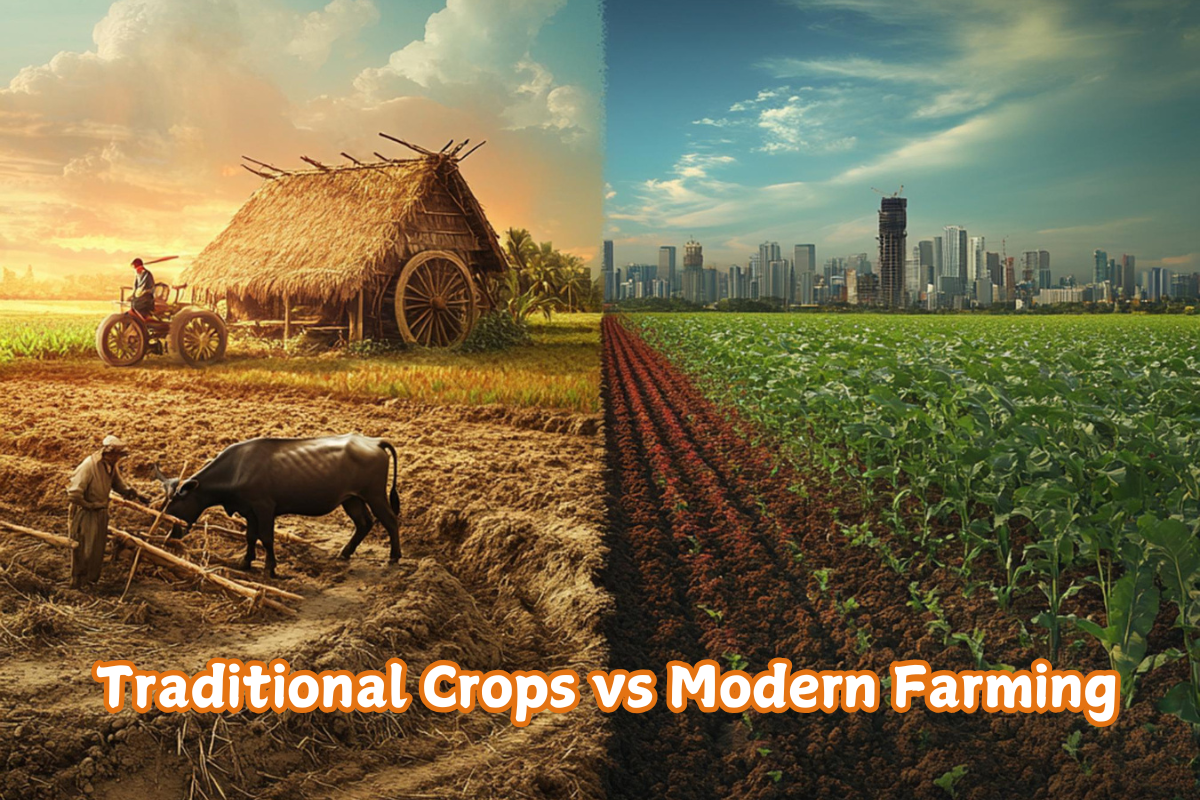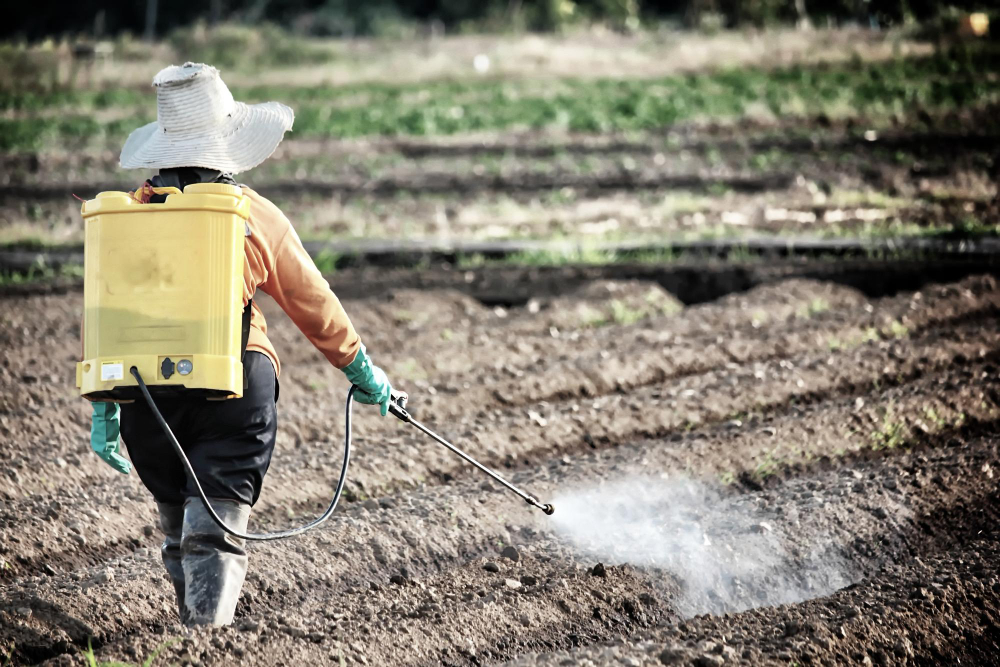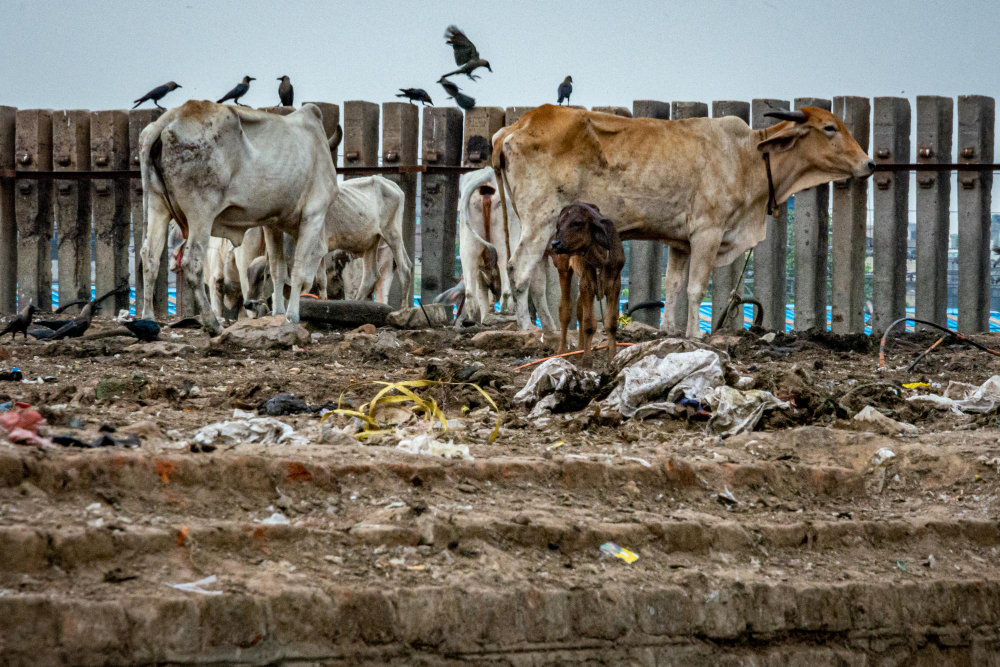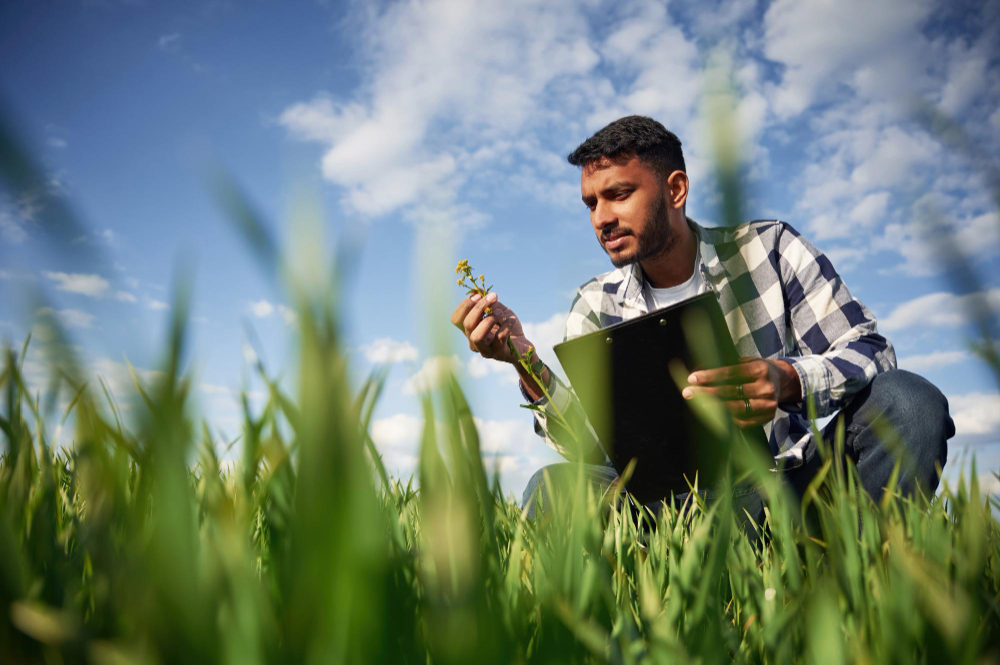
A Return to Traditional Crops
For centuries, farmers in a small village in Perambalur district cultivated traditional rice and millets, feeding their families and livestock without external dependence. Their land was fertile, their cattle thrived, and their lives were simple yet sustainable. But twenty years ago, things changed. The promise of high-yield cash crops like maize and cotton lured farmers away from their traditional ways. Chemical fertilizers and pesticides became the norm. At first, it seemed like a golden era—higher yields, less effort, and better income. However, the shift highlighted the stark contrast between Traditional Crops vs Modern Farming, raising concerns about sustainability, soil health, and long-term agricultural stability.
But the golden promise soon turned dark.
As the years passed, the same land that once flourished under natural farming began to show signs of exhaustion. Chemical fertilizers, once considered a miracle, drained the soil of its life. Pesticides, sprayed to control pests, seeped into the groundwater and poisoned the very food people consumed. Farmers, exposed to toxic chemicals daily, started falling ill—many with chronic diseases, some with life-threatening conditions. The number of cancer cases in farming communities rose, and sudden deaths due to pesticide poisoning became common.

Cattle, which once roamed freely and fed on natural fodder, began to die mysteriously. The reason? Residual pesticides in the fodder. Families that had reared cows for generations suddenly found themselves buying expensive feed just to keep their livestock alive.
Amongst this, one farmer decided to take a different path. On a small patch of his land, he sowed the seeds of a traditional paddy variety—a crop that had once thrived in this region without chemicals, requiring only natural rainfall. The results were astonishing. The crop grew strong, without the need for pesticides. The soil, untouched by chemicals for the first time in decades, began to breathe again. The yield was sufficient not just for his family’s food needs but also to provide fodder for his cattle—free from the poison that had killed so many.

His mother, watching the harvest, said with a heavy heart, “Twenty years ago, we fed our children and cattle without fear. We drank water from our wells without worry. But today, we are surrounded by sickness, our land is tired, and our cattle are dying. We thought we were progressing, but we were only losing ourselves.”
Seeing the success of this simple act, other farmers started asking for seeds. They, too, had suffered—rising costs, falling yields, and a life spent in debt to chemical companies and seed suppliers. They wanted to break free.

This is more than a story of one farmer. It is a wake-up call. How many more lives must be lost to pesticide poisoning? How much more land must turn barren before we realize that farming should nourish, not destroy?
The return to traditional crops is not just nostalgia—it is survival. It is about reclaiming control from corporations that sell poison in the name of progress.
The real question is—how many farmers will listen before it’s too late?
It is about ensuring that the next generation has land that can still grow food, water that is safe to drink, and air that is free from toxins.
IS360 Can be Reached at
Sharing is caring!

